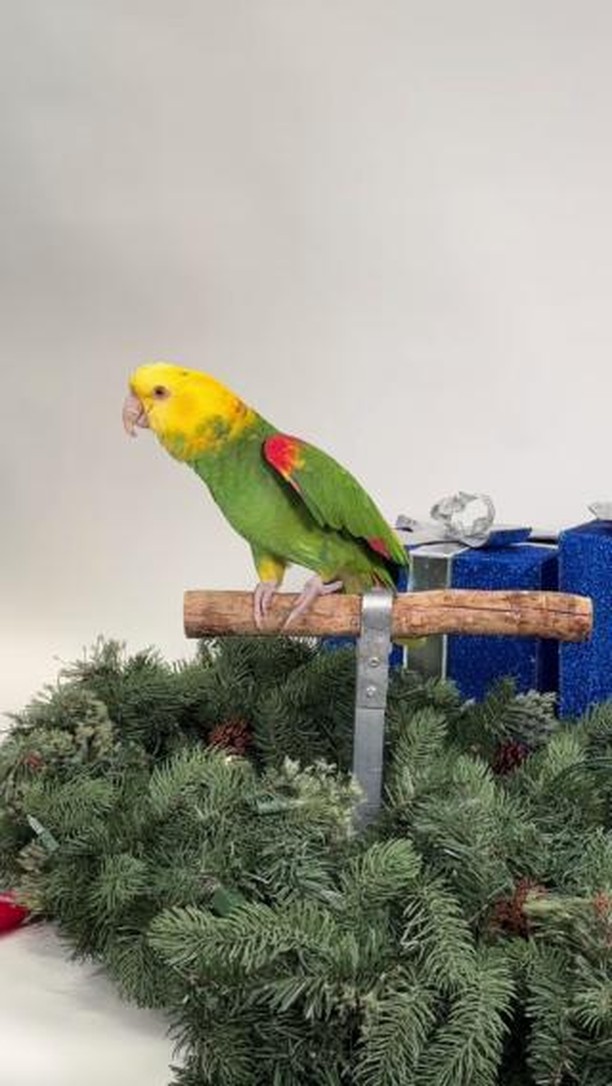- Recount key achievements and innovations in zoology and wildlife conservation from 2024.
- Highlight significant advancements in zoo management practices and their impact on animal welfare.
- Discuss the role of global collaboration in achieving conservation milestones.
- Investigate cutting-edge technologies and their applications in wildlife conservation and zoo management.
- Emphasize the educational impact of zoos and conservation programs on public awareness and action.
The year 2024 was a landmark period in the fields of zoology, zoo management, and wildlife conservation. We witnessed significant achievements and innovations that not only advanced academic knowledge but also improved practices within zoos and conservation projects worldwide. Reflecting on the past year provides an invaluable opportunity to appreciate the strides made and the efforts of countless individuals working tirelessly to make a positive impact on wildlife and ecosystems. Their dedication has transformed challenges into triumphs, ushering in an era of informed conservation strategies and heightened public awareness.
One of the foremost achievements was the development of sophisticated conservation techniques that leveraged technology to bolster efforts in preserving endangered species. Advances in genetic technology, such as CRISPR-Cas9, have enabled scientists to target specific genes responsible for disease resistance and adaptability in various species. This technological frontier has opened up new possibilities for improving the resilience of wildlife populations against environmental changes and illegal poaching. Furthermore, these technological advancements have facilitated the creation of comprehensive genetic databases, allowing researchers to better understand species diversity and evolution, thus fostering targeted conservation initiatives.
Zoo management has also evolved significantly in 2024, focusing on improving animal welfare and enhancing visitors’ educational experiences. Progressive zoos have prioritized creating habitats that closely mimic the animals’ natural environments, both in design and materials used. These biomes offer not only visual authenticity but also enrich the animals’ lives by providing a stimulating setting that encourages natural behaviors. Management practices now emphasize the importance of species-specific care, including tailored diets and personalized enrichment activities that align with the unique needs of each animal. As a result, zoos have become more than just spaces for public entertainment; they serve as vital research facilities and conservation players.
Collaboration has been essential in achieving global conservation milestones. 2024 saw an unprecedented level of cooperation among international conservation organizations, governments, and non-profits. Initiatives such as the Global Biodiversity Framework, developed under the Convention on Biological Diversity, set ambitious targets for biodiversity conservation. These collective efforts aim to halt and reverse biodiversity loss by fostering sustainable practices and community engagement across borders. Joint projects and shared resources have led to increased protection of critical habitats, more effective anti-poaching strategies, and successful reintroduction programs for species on the brink of extinction.
Cutting-edge technologies have revolutionized the way conservation efforts are conducted and monitored. Drones equipped with high-resolution cameras and sensors have become invaluable tools for surveying vast and otherwise inaccessible areas. These technologies have been instrumental in performing wildlife inventories, monitoring poaching activities, and assessing habitat health. Satellite tagging and telemetry have also provided crucial data on species migration and behavior, further informing conservation strategies and policy-making. These technological advances, combined with big data analysis, enable conservationists to make more informed decisions and improve the outcomes of their initiatives.
Education and public engagement have been impactful elements of zoos’ contributions to conservation. Dynamic and interactive exhibits have effectively conveyed important messages about biodiversity and sustainability to the public. Zoos have developed programs that encourage visitors to participate actively in conservation efforts, such as citizen science projects and funding crowd-sourced initiatives. This involvement not only raises awareness but also empowers individuals to take personal and collective actions in support of wildlife conservation. Educational outreach efforts have extended beyond zoo walls, engaging with schools and communities to instill an appreciation for global biodiversity and the necessity of preserving it for future generations.
As we reminisce on the year 2024, it’s remarkable to consider how these diverse efforts intertwined to achieve groundbreaking progress in zoology, zoo management, and wildlife conservation. The commitment to advancing these fields promises an exciting future where scientific discovery and compassion for wildlife continue to inspire community and individual actions alike. By building on these successes and learning from the challenges faced, 2025 will undoubtedly bring further innovations and accomplishments that will continue to protect and preserve the incredible diversity of life on Earth.
*****
Source Description
What a year! Thank you to everyone who made it amazing!🥳
Let’s go back in time and reminisce on some of our favorite moments from 2024. Which one was yours?


